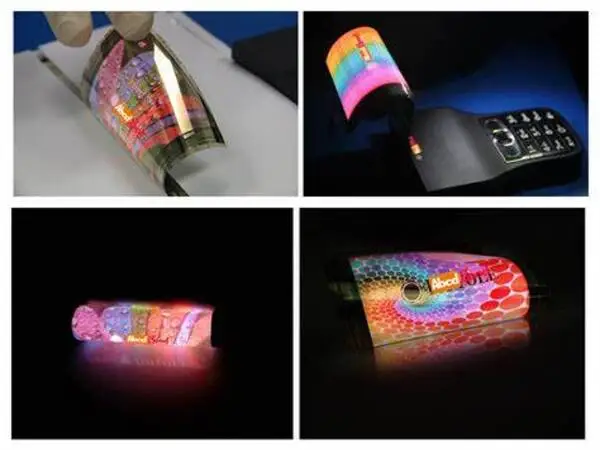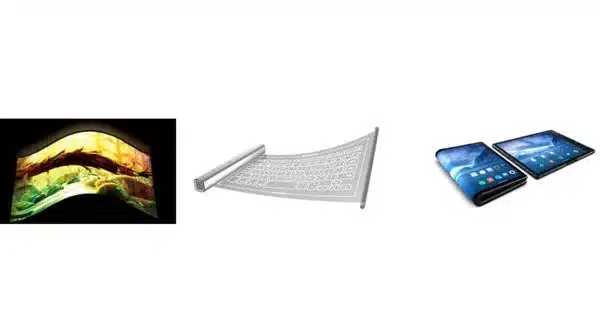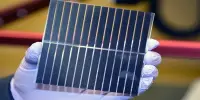MXenes are a two-dimensional (2D) material family known for its high thermal stability, excellent electrical conductivity, and other intriguing properties. They could be used for a variety of purposes, including energy storage, sensors, electromagnetic interference shielding, and more. Integrating MXenes into OLED technology has the potential to improve OLED performance by improving electrical properties or increasing durability.
Transparent and flexible displays, which have gotten a lot of attention in a variety of fields such as automobile displays, bio-healthcare, military, and fashion, are known to break easily when subjected to minor deformations. Many transparent and flexible conductive materials, such as carbon nanotubes, graphene, silver nanowires, and conductive polymers, are being actively researched to solve this problem.
On June 13, a joint research team led by Professor Kyung Cheol Choi from the KAIST School of Electrical Engineering and Dr. Yonghee Lee from the National Nano Fab Center (NNFC) announced the successful development of a water-resistant, transparent, and flexible OLED using MXene nanotechnology. The material can emit and transmit light even when exposed to water.
This research will become the guideline for applying MXene in electrical devices, but we expect it to also be applied in other fields that require flexible and transparent displays, such as automobiles, fashion, and functional clothing.
Professor Choi
MXene is a 2D material with high electrical conductivity and optical transmittance that can be mass-produced using solution processes. Despite these appealing properties, MXene’s applications as a long-term electrical device were limited due to its electrical properties being easily degraded by atmospheric moisture and water. As a result, the material was unable to be systemized into the form of an information-display matrix.
Professor Choi’s team developed an MXene-based OLED with a long lifespan and high stability against external environmental factors using an encapsulation tactic that can protect materials from oxidation caused by moisture and oxygen.
The research team first focused on analyzing the degradation mechanism of MXene’s electrical conductivity, and then concentrated on designing an encapsulation membrane. The team blocked moisture and provided flexibility through residual stress offset, ultimately producing a double-layered encapsulation membrane. In addition, a thin plastic film with a thickness of a few micrometers was attached to the top layer to allow washing in water without degradation.

The research team created an MXene-based red(R)/green(G)/blue(B) OLED that emits a brightness of over 1,000 cd/m2 that is detectable by the naked eye even in direct sunlight, meeting the requirements for outdoor displays. The researchers confirmed a standby storage life of 2,000 hours (under 70% luminescence), a standby operation life of 1,500 hours (under 60% luminescence), and a flexibility withstanding 1,000 cycles under a low curvature of less than 1.5mm for the red MXene-based OLED.
In addition, they showed that its performance was maintained even after six hours of immersion under water (under 80% luminescence). Furthermore, a patterning technique was used to produce the MXene-based OLED in the form of a passive matrix, and the team demonstrated its use as a transparent display by displaying letters and shapes.
The study’s lead author, Ph.D. candidate So Yeong Jeong, stated, “To improve the reliability of MXene OLED, we focused on producing an adequate encapsulation structure and a suitable process design. By producing a matrix-type MXene OLED and displaying simple letters and shapes,” she continued, “we have laid the foundations for MXene’s application in the field of transparent displays.”
“This research will become the guideline for applying MXene in electrical devices,” said Professor Choi, “but we expect it to also be applied in other fields that require flexible and transparent displays, such as automobiles, fashion, and functional clothing.” And, in order to close the gap with China’s OLED technology, these new OLED convergence technologies must be developed further.”















